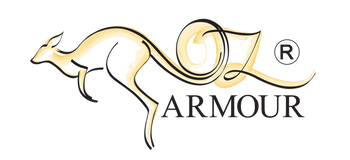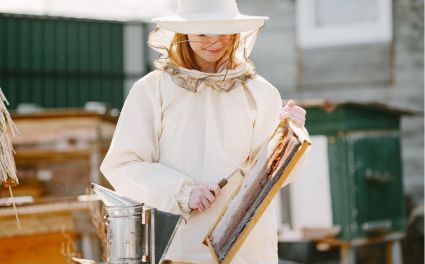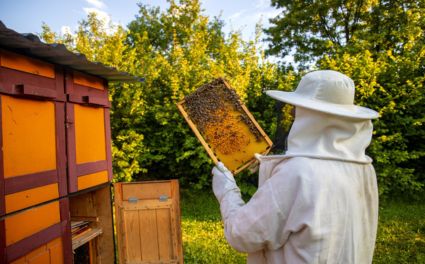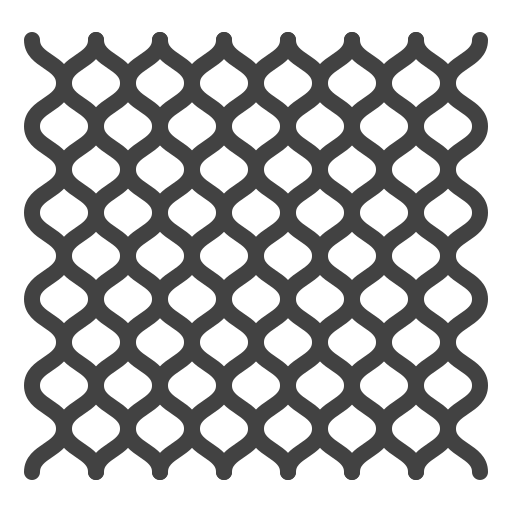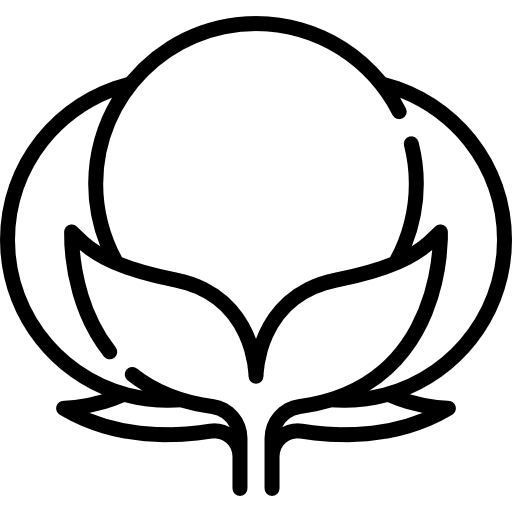Honigräume sind ein wesentlicher Bestandteil der Imkerei und unerlässlich für die Optimierung der Honigproduktion und die Erhaltung eines gesunden Bienenstocks. Die richtige Pflege von Honigräumen kann Ihren Erfolg in der Imkerei deutlich steigern. Dieser Leitfaden führt Sie durch die notwendigen Schritte zur effektiven Pflege von Honigräumen – vom Verständnis ihres Zwecks über die Honigernte bis hin zur Erhaltung eines gesunden Bienenstocks.
A Honig super ist eine Kiste, die Imker über die Brutkammern eines Bienenstocks stellen. Diese Kisten enthalten Rähmchen, in denen die Bienen ihren Honig lagern. Honigzargen sind speziell für die Honiglagerung konzipiert und ermöglichen es Imkern, Honig zu ernten, ohne die Brut zu stören.
Honig-Supertypen
Es gibt verschiedene Arten von Honigzargen, jede mit spezifischen Verwendungszwecken:
- Flache Supers: Diese sind am leichtesten und am einfachsten zu handhaben und daher ideal für Anfänger oder diejenigen, die leichtere Lasten bevorzugen.
- Mittlere Supers: Diese bieten ein ausgewogenes Verhältnis zwischen Kapazität und Gewicht und sind daher bei Imkern eine beliebte Wahl.
- Tiefe Supers: Sie enthalten zwar den meisten Honig, können aber ziemlich schwer werden, was bei der Ernte eine Herausforderung darstellen kann.
Wenn Sie die verschiedenen Honigzargentypen kennen, können Sie die richtige für Ihren Bienenstock auswählen und so eine effiziente Honigproduktion und -ernte sicherstellen.
Vorbereitung Ihres Bienenstocks für Honigzargen
Bienenstockvorbereitung
Die richtige Vorbereitung des Bienenstocks ist entscheidend, bevor Sie Honigzargen einsetzen. Stellen Sie zunächst sicher, dass Ihr Bienenstock gesund und stark ist. Ein schwacher Bienenstock kann Schwierigkeiten haben, einen Honigzargen zu füllen, was zu Ressourcen- und Arbeitsverschwendung führt. Hier sind einige Schritte zur Vorbereitung Ihres Bienenstocks:
- Untersuchen Sie den Bienenstock: Achten Sie auf Anzeichen von Krankheiten oder Schädlingen und beheben Sie etwaige Probleme umgehend.
- Sorgen Sie für ausreichend Platz: Achten Sie darauf, dass Ihre Brutkästen nicht überfüllt sind, da dies zum Schwärmen führen kann.
- Ausrüstung sammeln: Halten Sie alle notwendigen Werkzeuge und Geräte bereit, wie etwa eine Bienenbürste, einen Stockmeißel und einen Smoker.
Bienenstock-Setup
Um Ihren Bienenstock richtig aufzustellen, müssen Sie ihn an einem optimalen Standort platzieren. Wählen Sie einen Platz, der Morgensonne bekommt und vor starkem Wind geschützt ist. Stellen Sie sicher, dass der Stock eben und stabil steht, um ein Umkippen zu verhindern, das den Stock beschädigen und die Bienen stören kann.
Wann sollten Honigzargen hinzugefügt werden?
Timing von Honig-Supers
Der richtige Zeitpunkt für die Honigproduktion ist entscheidend. Der beste Zeitpunkt dafür ist, wenn Ihre Bienen etwa 70–80 % des verfügbaren Platzes in den vorhandenen Kästen belegt haben. Ein zu frühes Hinzufügen des Honigraums kann die Temperatur im Stock regulieren und die Schädlingsbekämpfung erschweren. Umgekehrt kann ein zu spätes Hinzufügen zu Überbelegung und reduzierter Honigproduktion führen.
Bienenstockverwaltung
Effektives Bienenstockmanagement umfasst regelmäßige Kontrollen, um die Entwicklung Ihrer Bienen zu überwachen. Achten Sie auf Anzeichen wie verdeckelte Honigzellen und die Gesamtpopulationsstärke. Diese Indikatoren helfen Ihnen, den richtigen Zeitpunkt für das Hinzufügen Ihrer Honigzargen zu bestimmen und so optimale Bedingungen für die Honigproduktion zu gewährleisten.
Honigräume richtig installieren
Installieren von Honigräumen
Um einen produktiven Bienenstock zu erhalten, ist die korrekte Installation der Honigzargen von entscheidender Bedeutung.Hier ist eine Schritt-für-Schritt-Anleitung:
- Bereiten Sie den Super vor: Bauen Sie die Rahmen und Mittelwände in den Honigraum ein. Stellen Sie sicher, dass alles sauber und frei von Verunreinigungen ist.
- Platzieren Sie den Super: Legen Sie den Honigraum vorsichtig auf die vorhandenen Bienenkästen. Stellen Sie sicher, dass er waagerecht und sicher steht.
- Beobachten Sie die Bienen: Beobachten Sie den Bienenstock nach dem Aufstellen des Honigraums regelmäßig, um zu sehen, wie sich die Bienen anpassen und den neuen Raum ausfüllen.
Bienenhaltungstechniken
Die Anwendung geeigneter Imkereitechniken beim Einbau von Honigzargen kann häufige Probleme wie zu viele Waben (von Bienen gebaute Waben) und eine schlechte Honigverteilung verhindern. Kontrollieren Sie die Zarge regelmäßig, um sicherzustellen, dass die Bienen den Raum effizient nutzen, und nehmen Sie bei Bedarf Anpassungen vor.
Neben der effektiven Verwaltung der Honigräume ist es wichtig, die Sicherheit und den Komfort der Imker zu gewährleisten. OZ Armour bietet eine Reihe hochwertiger Imkeranzüge Und Imkeranzüge für KinderUnsere Anzüge bieten maximalen Schutz vor Bienenstichen und ermöglichen gleichzeitig Bewegungsfreiheit und Komfort bei der Bienenstockinspektion und Honigernte. Ob Sie ein erfahrener Imker sind oder Ihre Kinder in die Welt der Bienenhaltung einführen – OZ Armour bietet Ihnen Schutzanzüge, die strapazierfähig, atmungsaktiv und auf die Bedürfnisse aller Imker zugeschnitten sind. Mit OZ Armour können Sie sich auf die Gesundheit Ihres Bienenstocks konzentrieren und wissen, dass Sie geschützt sind.

Überwachung und Pflege von Honigzargen
Honey Super Maintenance
Durch die richtige Pflege Ihrer Honigzargen können Sie Ihren Honigertrag maximieren. Hier sind einige bewährte Vorgehensweisen:
- Supers rotieren: Sobald ein Honigraum gefüllt ist, ersetzen Sie ihn durch einen leeren, um eine kontinuierliche Honigproduktion zu fördern.
- Regelmäßig prüfen: Regelmäßige Inspektionen helfen dabei, Probleme wie Schädlinge oder Krankheiten frühzeitig zu erkennen und zu bekämpfen, bevor sie den gesamten Bienenstock beeinträchtigen.
- Gesundheit des Bienenstocks erhalten: Ein gesunder Bienenstock ist produktiver. Sorgen Sie dafür, dass Ihre Bienen ausreichend Ressourcen wie Nektar und Pollen haben, und reagieren Sie umgehend auf Anzeichen von Stress oder Krankheit.
Bienenstockinspektion
Regelmäßige Bienenstockinspektionen sind entscheidend für die Gesundheit und Produktivität Ihrer Bienen. Achten Sie bei Inspektionen auf:
- Honiglagerung: Überprüfen Sie den Fortschritt der Honiglagerung in den Honigräumen.
- Schädlingsbefall: Achten Sie auf Anzeichen von Schädlingen wie Wachsmotten oder kleinen Bienenstockkäfern.
- Aktivität der Königin: Stellen Sie sicher, dass die Königin Eier legt und das Brutmuster gesund ist.
Umgang mit häufigen Problemen mit Honey Super
Honey Super Probleme
Imker stehen bei der Honiggewinnung oft vor verschiedenen Herausforderungen. Zu den häufigsten Problemen mit Honigräumen gehören:
- Schädlingsbefall: Schädlinge wie Wachsmotten und kleine Bienenstockkäfer können in Honigräume eindringen und die Waben und den Honig beschädigen.
- Schlechter Honigfluss: Ungleichmäßiger Nektarfluss kann zu einer ungleichmäßigen Honigproduktion führen und das Befüllen der Honigräume erschweren.
Schädlingsbekämpfung
Eine wirksame Schädlingsbekämpfung ist für den Schutz Ihrer Honigräume unerlässlich. Hier sind einige Strategien:
- Regelmäßige Überwachung: Behalten Sie Ihren Bienenstock im Auge und achten Sie auf Anzeichen von Schädlingen, und ergreifen Sie sofort Maßnahmen.
- Fallen verwenden: Stellen Sie Fallen für Schädlinge wie Bienenstockkäfer auf, um deren Population zu reduzieren.
- Chemische Behandlungen: Erwägen Sie in schweren Fällen den Einsatz zugelassener chemischer Behandlungen zur Bekämpfung des Schädlingsbefalls.
Honigernte aus Honigräumen
Honigernte
Die Honiggewinnung aus Honigzargen erfordert sorgfältige Planung und Durchführung. Hier sind einige Techniken für eine effiziente Honiggewinnung:
- Den Honig öffnen: Verwenden Sie ein Entdeckelungsmesser oder eine Gabel, um die Wachsdeckel von den Honigzellen zu entfernen.
- Gewinnung des Honigs: Legen Sie die Rahmen in eine Honigschleuder, die den Honig mithilfe der Zentrifugalkraft aus der Wabe entfernt.
- Filtern des Honigs: Filtern Sie den extrahierten Honig, um alle verbleibenden Wachspartikel und Rückstände zu entfernen.
Honiggewinnung
Die Verwendung der richtigen Werkzeuge und Methoden zur Honiggewinnung gewährleistet eine saubere und effiziente Ernte. Investieren Sie in hochwertige Imkereiausrüstung wie Extraktoren und Filter, um den Prozess zu optimieren und die Reinheit Ihres Honigs zu erhalten.
Reinigung und Lagerung von Honigzargen
Reinigung von Honigzargen
Die ordnungsgemäße Reinigung der Honigzargen nach der Ernte ist entscheidend für ihre Langlebigkeit und verhindert Verunreinigungen. Befolgen Sie diese Schritte zur Reinigung der Honigzargen:
- Restlichen Honig entfernen: Kratzen Sie den restlichen Honig von den Rahmen und Kästen ab.
- Gründlich waschen: Reinigen Sie die Honigräume mit warmem Wasser und einem milden Reinigungsmittel und vermeiden Sie aggressive Chemikalien, die Ihren Bienen schaden könnten.
- Vollständig trocknen: Stellen Sie sicher, dass die Honigräume vor der Lagerung vollständig getrocknet sind, um Schimmelbildung zu verhindern.
Lagerung von Honigzargen
Durch die richtige Lagerung Ihrer Honigzargen sind sie bereit für die nächste Saison. Lagern Sie sie an einem kühlen, trockenen Ort und verwenden Sie Mottenkugeln oder andere Schädlingsbekämpfungsmittel, um sie außerhalb der Saison vor Schädlingen zu schützen.
Abschluss
Zusammenfassend lässt sich sagen, dass die effektive Verwaltung von Honigräumen entscheidend für einen produktiven und gesunden Bienenstock ist. Von der Auswahl des richtigen Honigraums über die Vorbereitung Ihres Bienenstocks, den Zeitpunkt der Installation bis hin zur ordnungsgemäßen Wartung ist jeder Schritt entscheidend für die Optimierung der Honigproduktion. Regelmäßige Inspektionen und proaktive Schädlingsbekämpfung sind unerlässlich, um häufigen Problemen vorzubeugen und Ihren Honigertrag zu maximieren. Darüber hinaus ist die Verwendung hochwertiger Imkerausrüstung, wie z. B. der Schutzanzüge von OZ-Rüstung, sorgt für Ihre Sicherheit und Ihren Komfort bei der Bienenstockpflege und Honigernte. Mit diesen bewährten Methoden helfen Sie Ihren Bienen, Saison für Saison reichlich hochwertigen Honig zu produzieren.
